I’m Going to Go “Lower Some Weights”
The traditional vernacular sounds something like this, “I’m going to go lift weights.” Authors of a research study published in the European Journal of Applied Physiology suggest that this statement might not be worded as accurately as it could be. In the aforementioned study, German researchers sought to determine the effects of emphasizing the muscle contractions that are involved with lowering the weight (known as eccentric contractions) rather than the muscle contraction involved when we lift the weight (concentric contraction). Researchers concluded that emphasizing the eccentric muscle contraction, the contraction that involves lowering the weight, resulted in adaptations “in direction of a faster, stronger muscle.” Of interest in this particular study was that all of the subjects were very experienced with strength training and that the new emphasis on eccentric contractions producing marked improvements in a myriad of measures. Specifically, the authors suggest that this type of training favorably impacted what they termed “explosive strength” often used in competitive sports. Of course, this expression of strength is not subject solely to sports. Our “explosive strength” diminishes as we age and lose “fast-twitch” muscle fiber capabilities.
Similarities Between Customer Experience and Exercise
I'm about half way into the textbook "The Customer Experience Edge" by Reza Soudagar, Vinay Iyer, and Dr. Volker Hildebrand. The thesis of the book is: The customer, and NOT the product or service, needs to be at the center of the entire enterprise. In my opinion, the authors are spot on and the book is a tremendous read. The book has me reflecting on one of my long held assertions around exercise; an assertion I adopted over 10 years ago. My assertion about exercise is analogous to the thesis of the book.
The Best Workouts I’ve Ever Had Shared these Common Factors
With our “Train Like Your Trainer” program starting next week, I’ve been reflecting on my personal workouts over the last 16 years and I’ve started to think about the common factors among the best workouts I’ve ever been through. By “best” I mean those workouts that stand apart from the rest in terms of intensity, challenge, focus, and fatigue. The list below sheds light on the commonalities in most of the best workouts I have ever experienced. Collectively, they serve as a guideline for productive training not only for me, but also for almost anyone interested in engaging in intense, evidence-based resistance exercise. Of course, this is not an all-encompassing list of evidence-based exercise tenets, but guidelines to maximize one’s individual workouts.
Classic Movie Scene and How Learning to Surf is Like Strength Training
In one of my all time favorite scenes from one of the modern classic rom-coms, “Forgetting Sarah Marshall,” Paul Rudd’s character attempts to teach the heartbroken Peter (played by Jason Segal) how to surf. You can watch this 1:30 scene here:
Exercise, Dementia, and Cognitive Impairment
Cognitive decline is one of the most prominent health care concerns of the 21st century. Dementia limits one’s ability to function independently, and independence is a primary component of happiness as we age. A myriad of behavioral interventions are utilized in the management of cognitive decline and research supports physical activity as an efficacious preventive measure for dementia in seniors.
Intense Strength Training and the Heart
It is well established that aerobic exercise increases the elastic properties of the arteries. This is a very positive adaptation as the compliance of our blood vessels plays an important role in predicting cardiovascular events. Until recently, physicians and researchers assumed that intense resistance training reduces the compliance of our major blood vessels; of course, this is a bad thing as increased “stiffness” of the blood vessels predisposes us to cardiovascular disease. However, very little research has existed to support this contention.
Authors of a research study published in the Journal of Hypertension (February 2014) sought to determine the impact of long-term, intense strength training on arterial “stiffness.” The researchers concluded, “Long-term intense resistance training in men decreased aortic stiffness… and preserved cardiac structure/function when compared with well matched untrained healthy controls.” This important study contributes to the growing body of literature that represents a paradigm shift from defining the benefits of resistance exercise as increased muscle strength, bone health, and body composition, to a more robust profile of cardio-metabolic health benefits. Indeed, “strength training” is more properly coined, “resistance exercise.”
- It is well accepted that aerobic exercise increases the elastic properties of central arteries (elasticity in our vessels is important in preventing cardiovascular disease!)
- The research and/or opinions on whether or not strength training is good or bad for the elasticity of our vessels is mixed (and much of the thought is that strength training REDUCES elasticity AKA "compliance" of the vessel… and this is why many cardiologists have been anti-strength training.)
- This was a longer term study with trained runners and trained strength training subjects (and the strength training group had to have been strength training 5 times per week!)… The researchers even speculated that half of the strength training participants were on steroids!
- Subjects were in their mid-30's
- Endurance running led to improvements in vascular function - "We confirmed that long-term endurance training is associated with the classical cardiovascular and hemodynamic adaptations and with decreased aortic stiffness."
- Main finding: Our main finding was that long-term intense resistance training men presented decreased aortic stiffness (PWV values similar to endurance runners) and lower cAP, a trend to longer T1 and Trw, normal central aortic pressures, and preserved cardiac structure/function when compared with well matched untrained healthy controls.
- In conclusion, besides the benefits of improvements in the musculoskeletal functions, it seems that long-term IRT is not associated with detrimental effects on central artery elastic properties or wave reflection or cardiovascular structure and function of healthy individuals
Take home message in simplest terms: It has long been assumed that intense strength training over a long period of time has a negative impact on artery/vessel elasticity and function (this is a bad thing). The results of this study show that intense strength training actually improves elasticity (i.e. Decreased aortic stiffness) in healthy adults (a good thing!).
I Love To Be Coached - Supervision yeilds better results
The coaches I have had throughout my youth and high school athletic career have made a significant impact on the person I am today. My father coached me as an amateur boxer for eight years. We spent a tremendous amount of time together in practice and training as well as traveling around the country for bouts and tournaments. I prided myself on listening to everything he had to offer and tried to execute in the ring according to his instruction. During my sophomore year of high school, I looked up to our defensive coordinator of the football team, Reed Boltmann (former head football coach at Edina High School) so much that I dressed up like him for "hero day" during homecoming week. My desire to be coached and my understanding of the importance of coaching only increased as I started my career.
As a young assistant strength and conditioning coach for the MN Vikings, we coached every player in the weight room on a 1-on-1 basis. To be clear, my experience with the Vikings taught me that a strength and conditioning coach didn't exist to simply "supervise" the weight room and the workouts of athletes (a paradigm that is still prevalent today), but instead, to COACH every aspect of what the players did. More coaching and better coaching always led to better results. As a business leader, we utilize a coach, Greg, who helps us implement a business operating platform (we have also utilized coaches to specifically develop leadership abilities). I look forward to my once per quarter, day long meetings with Greg as much as I look forward to anything I do. With respect to my own workouts, one of our trainers trains me during each and every one of my workouts.
I simply love to be coached and I have always seen a direct correlation; dare I say causation between working with a coach and the results I end up producing. This is the underpinning of Discover Strength. We produce better results when we are coached.
Bod Pod Didn't Go As Expected?
You recently had a Bod Pod test and you weren’t exactly thrilled with the results. You have been committed to doing the right things yet you didn’t see meaningful improvements from your previous assessment and you are a bit frustrated and perhaps perplexed. You aren’t satisfied with your fat loss or your increases in lean muscle tissue. Consider the following:



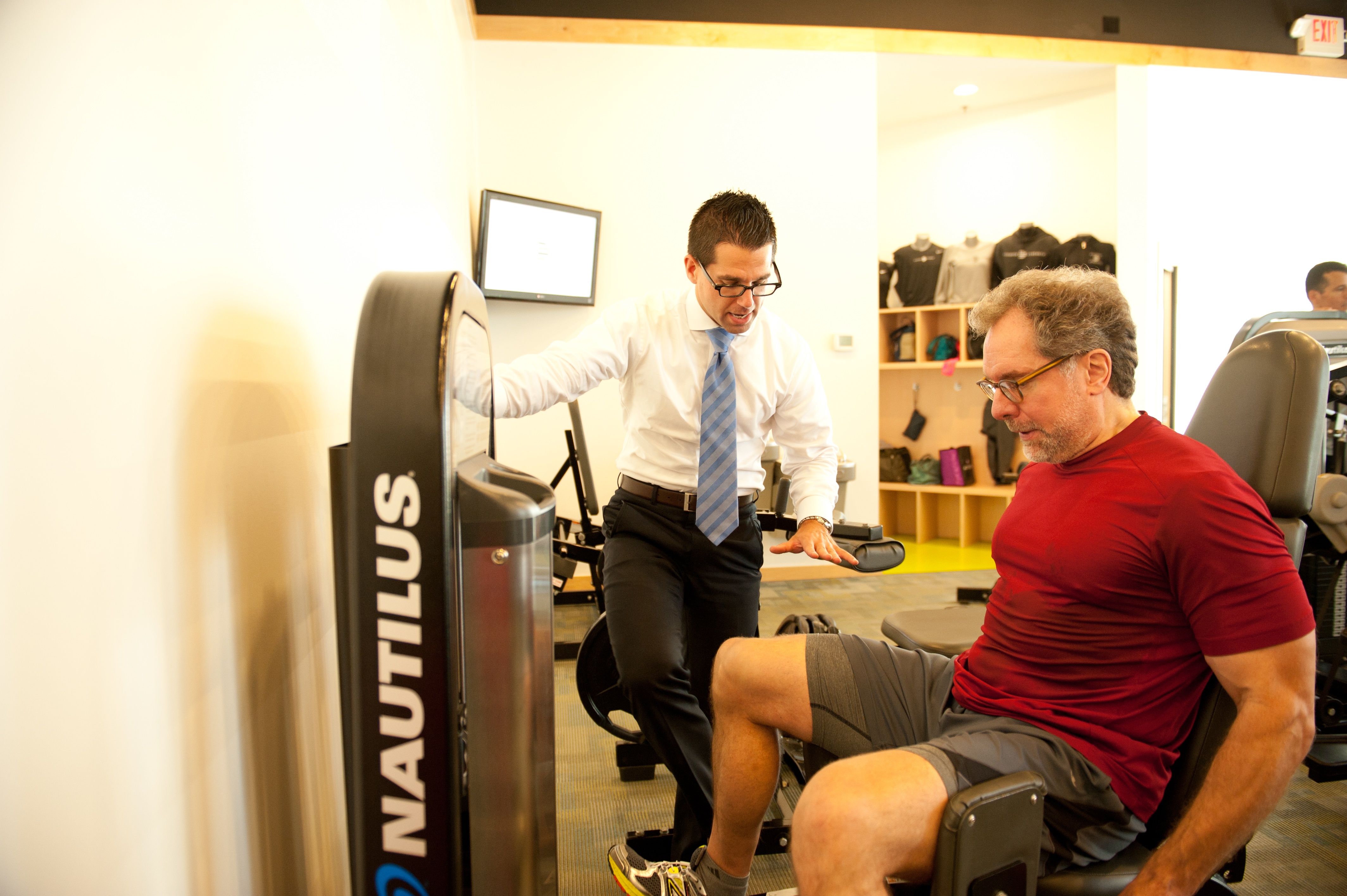
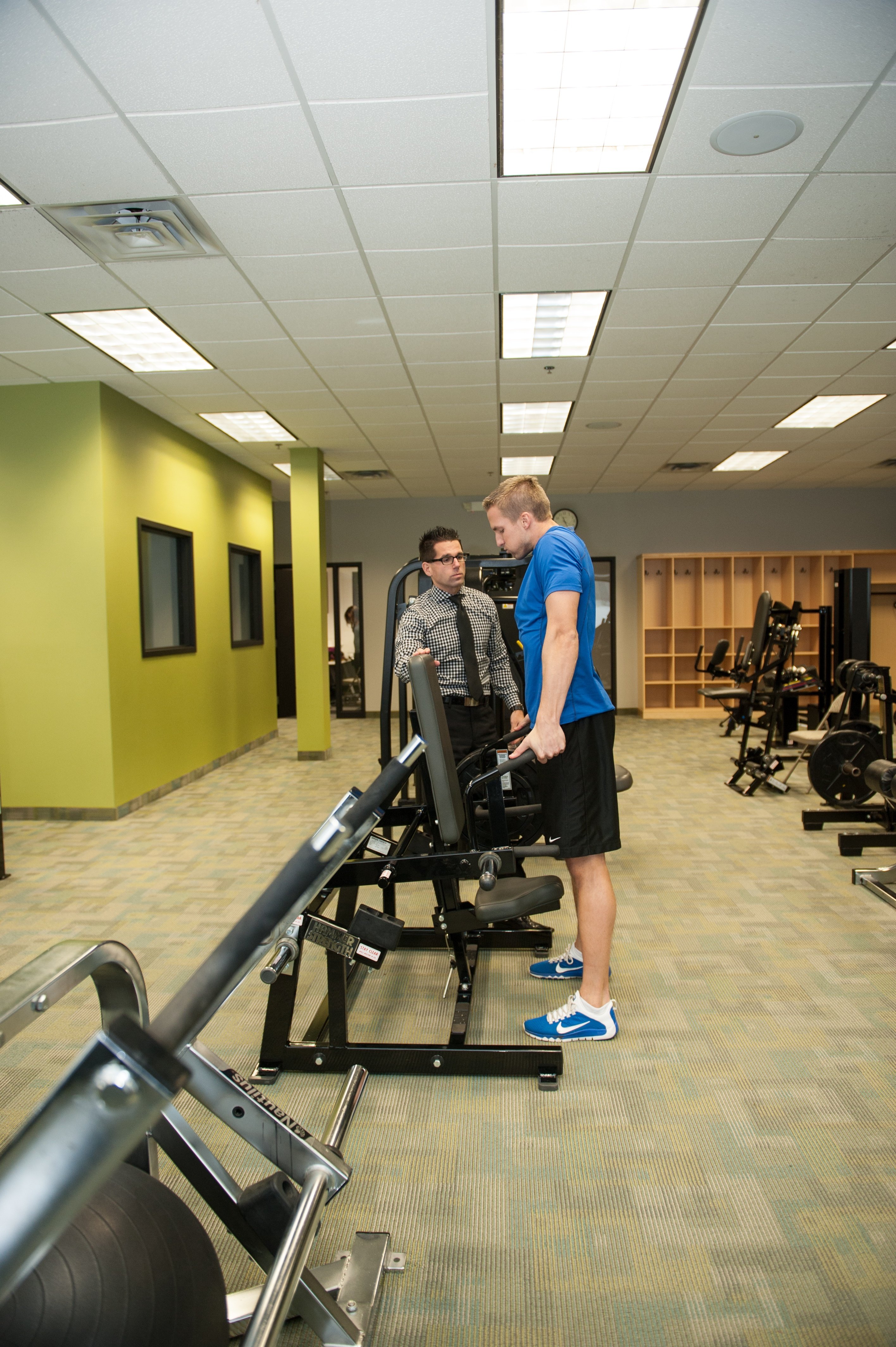

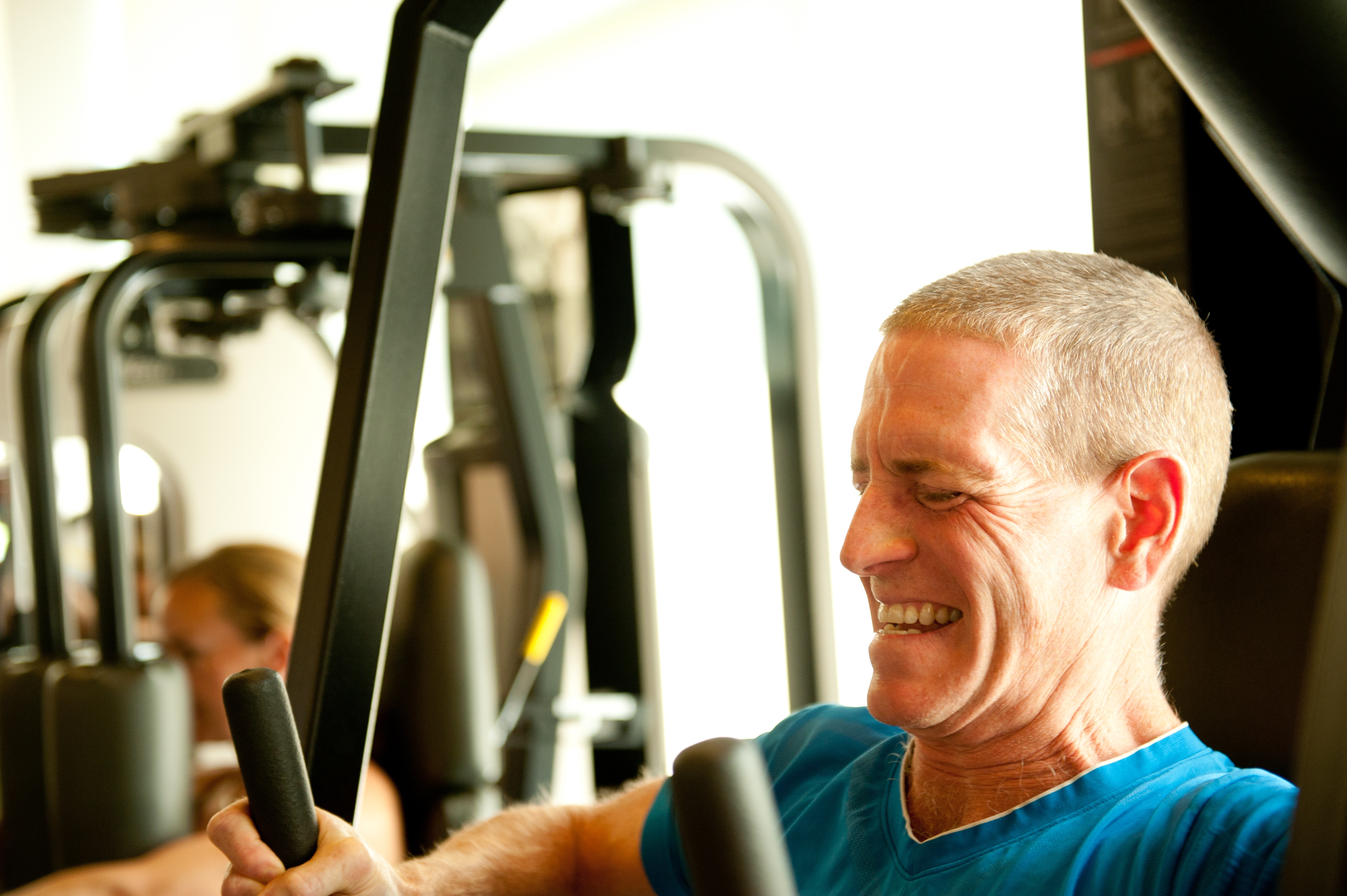
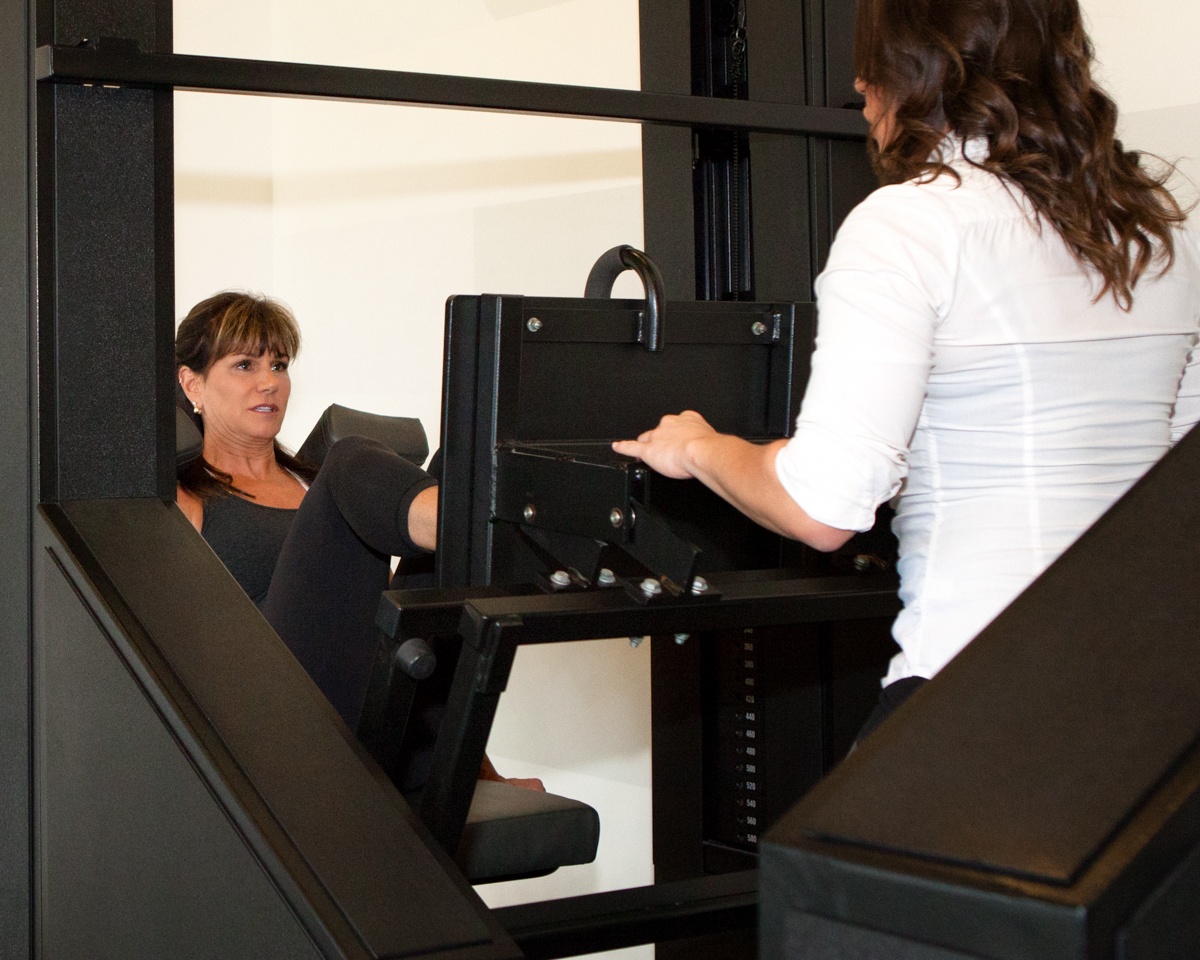
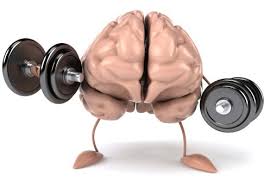

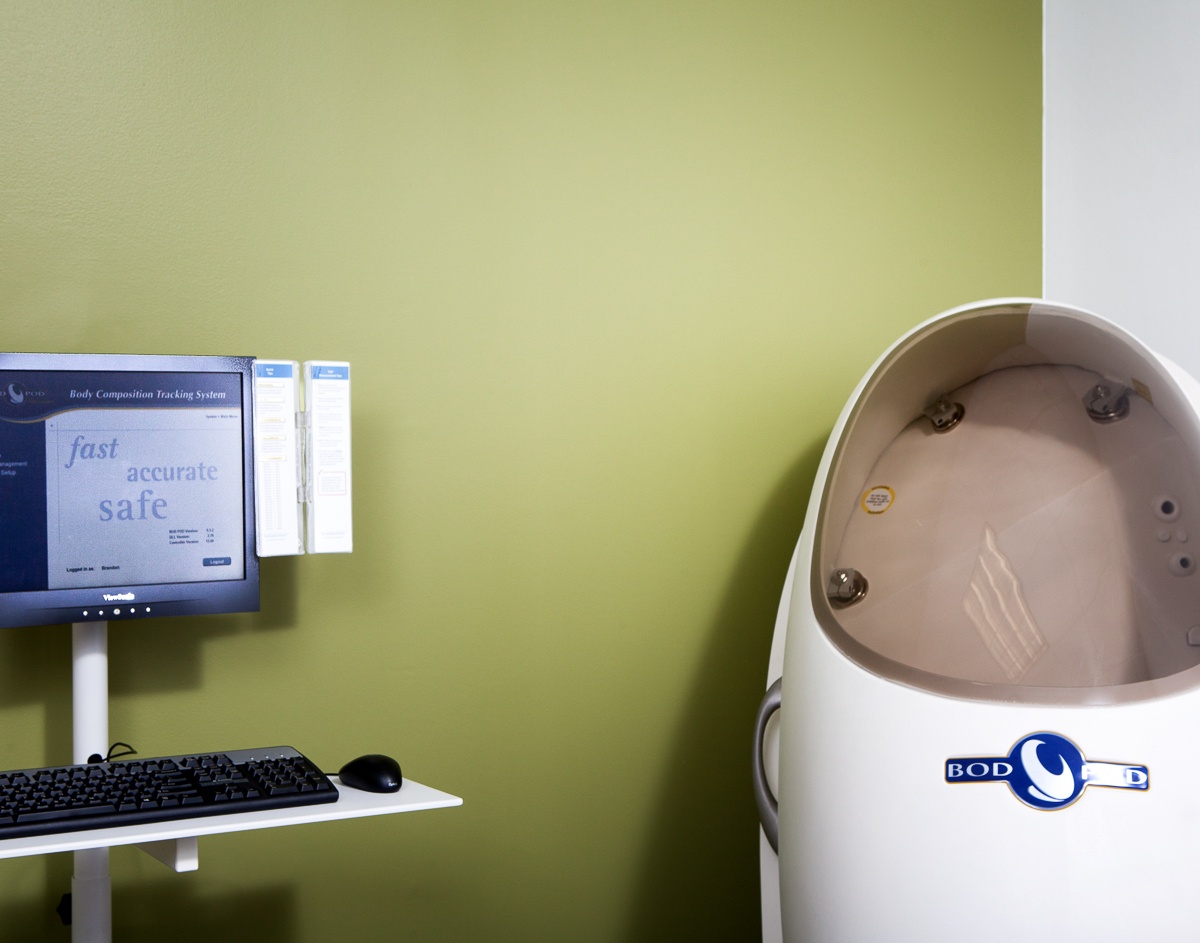
Leave a Reply
Your email address will not be published.